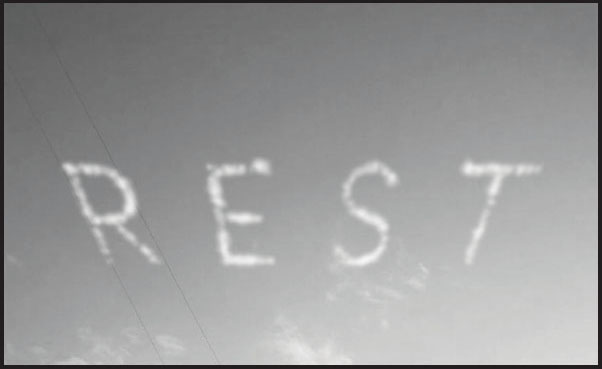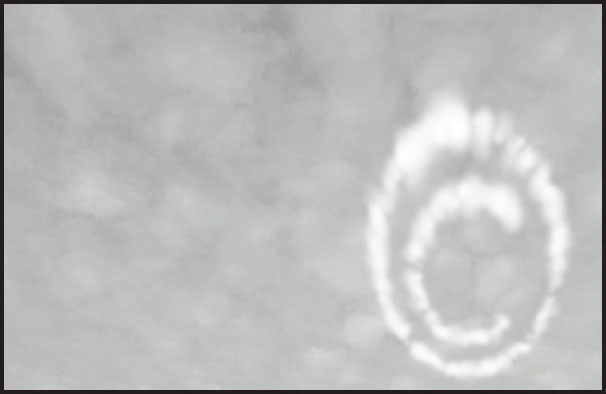
The first publicly sponsored Fourth of July fireworks display in Fort Wayne took place at the Irene Byron Tuberculosis Sanatorium north of the city in the summer of 1925. The Sanatorium, opened in 1919, housed varying ages of infected patients in the then state-of-the-art facility. There were several buildings on the campus with one unit entirely dedicated to children. The fireworks were launched in such a manner that they could be viewed from the numerous screened-in verandas and sun porches where the patients daily enjoyed part of the generally accepted regimen of treatment—rest and more rest, steeping in rest, sleeping in fresh air both days and nights all year round. The patients also received a healthy diet and could partake in light exercise at the hospital’s wading pool, playground, badminton courts, and table tennis tables. All were gathered on the porches, patios, and balconies that midsummer late gloaming, anticipating the pyrotechnics later that evening but now entertained by Art Smith, The Bird Boy of Fort Wayne, whose smoky prescription of R E S T was transformed as they watched into F R E S H,
the H appearing as a kind of pentimento, a hashed out H from the initial T. The image appeared all feathery, like the tail of the badminton cock. To the doctors present, the cylindrical shaped dashes and slashes of the manufactured clouds eerily reminded them of their microscopic viewing of the cultured bacillus, M. tuberculosis, glimpsed in its limpid laziness, stained red in the sputum on the pathological slides. The setting sun lit up the skywriting, embossing the letters to create an illusion of depth. The exhibit was greeted by a smattering of applause and the routine static of expectorate coughing from the excited residential patients.
Only months before, Art Smith, The Bird Boy of Fort Wayne, had been contracted by the Parker Brothers game company to advertise their acquisition in 1925 of the license and the right to use the name “Ping-Pong,” the trademark of the J. Jaques & Sons Ltd company of Great Britain, for their line of table tennis equipment. Earlier that Fourth of July day, Smith replicated what might have been the first ever Legal Notice posted via skywriting when he discovered the many table tennis tables available to the patients of the Irene Byron Sanatorium. What he did not know was the celluloid Ping-Pong balls, whether Parker Brothers brand or not (I do not know), were also used therapeutically in the treatment of tuberculosis itself at the hospital. The pneumothorax technique allowed for the collapsing of the infected lung, allowing the infected tissue to “rest” by means of plombage. The collapse of the lung was created by inserting a bag filled with Ping-Pong balls into a cavity created beneath the upper ribs. I am unable to ascertain if the balls themselves were the same ones used in the matches ambulatory patients played on the grounds.
Although not officially recognized as the legal symbol for registered trademark until the Trademark Act of 1946, the ® was in informal use long before that. Smith enjoyed creating it while skywriting. Sometimes he would make the circle first and then ricochet around inside the boundary creating the capital R. Other times, he would reverse the maneuver, sketching out the letter and then enclosing it, trying to come as close as he could to the floating ligatures of thinning smoke. The ideograph, now that I think of it, might have represented the plombage, the cavity packed with an autonomic and organic sack of balls. Or was it the ball itself, a kind of plastic alveolus, its thin branded skin enveloping a vacuum. It didn’t matter. He enjoyed the challenge of it, loved creating it, even considered registering the ® as a registered trademark of his own so that as he finished one giant mark in the sky he would conclude with a smaller one orbiting the first like a moon. And that made him think of the © and there, backlit by the first Fourth of July fireworks display of Fort Wayne, Indiana, dodging the flak clouds in the after-dark of the explosions of glittering light going on all around him, Art Smith, Fort Wayne’s native son, copy-wrote this waxing crescent moon hanging over the suburban Fort Wayne near the village known as Huntertown.
